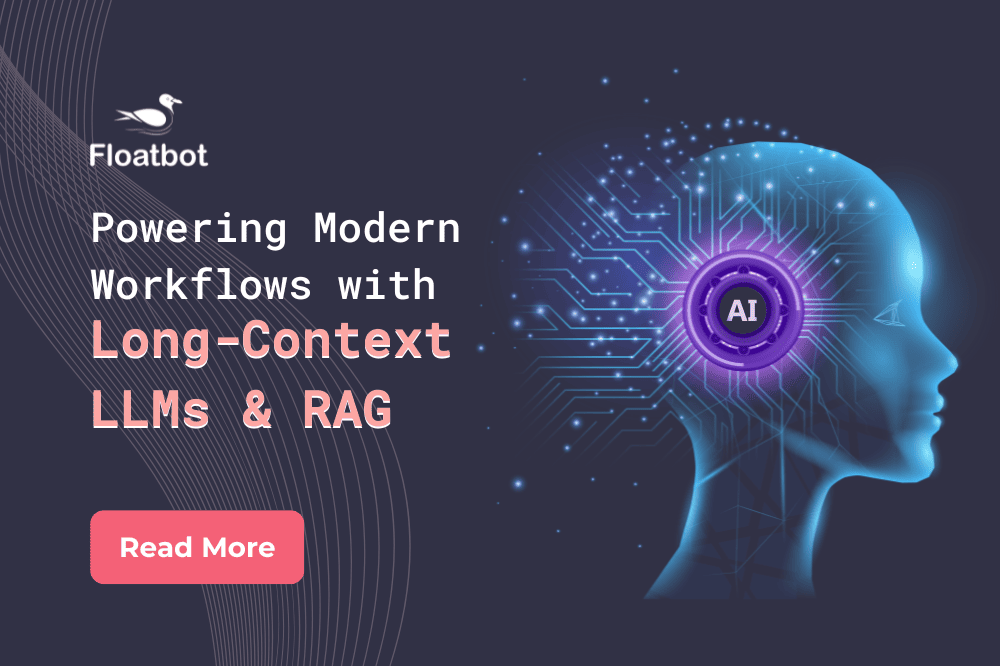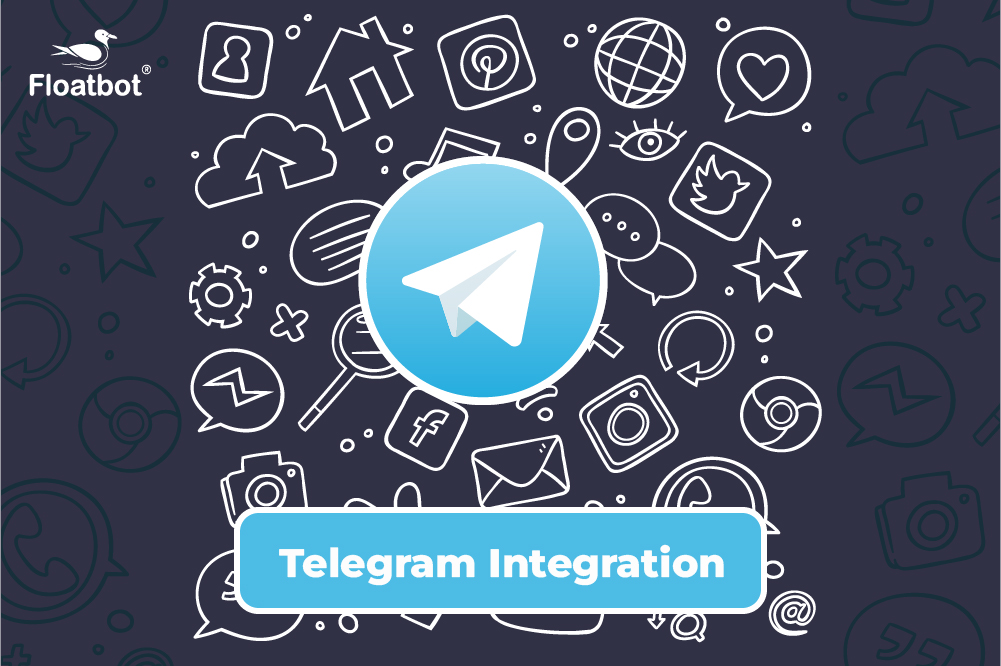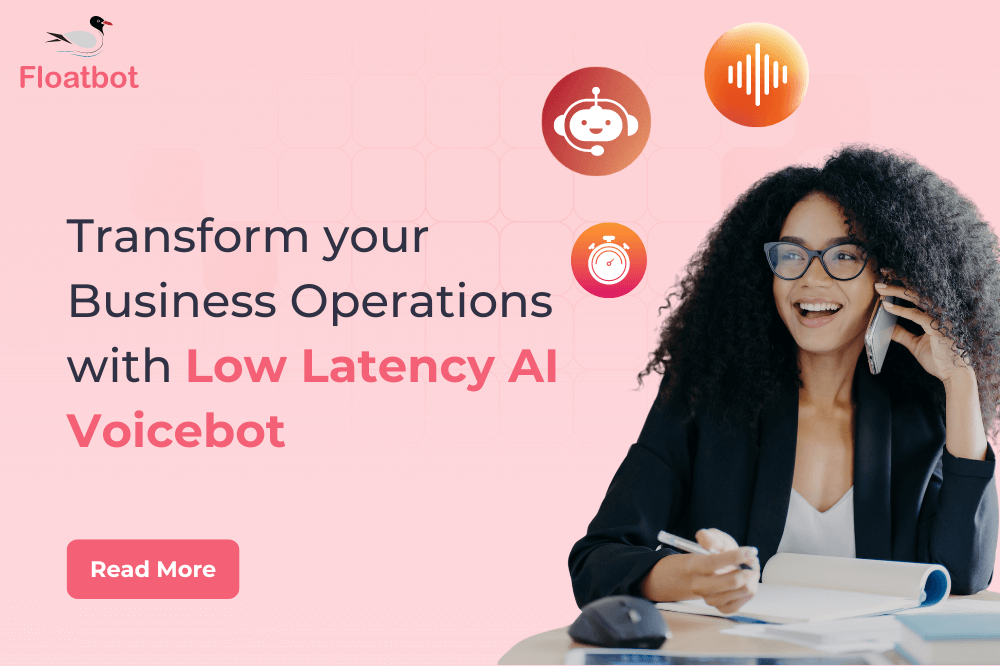Leveraging Long-Context LLMs with RAG in Modern AI-Powered Workflows
Discover how long-context LLMs and RAG work together to build scalable, efficient and intelligent AI systems for enterprise use.
- Jun 24 2025

LLMs are undergoing major shift in how much information they can handle at once. Not long ago, you had to split documents into small chunks and carefully manage how that context was stitched together to get useful results. Now? Some of the newest models can read entire books, long reports or huge chat histories all in one go because of what’s called a long context window. We’re talking about models that can process hundreds of thousands, even millions of tokens at once.
So this opens up a lot of exciting possibilities, especially if you’ve been working with RAG (Retrieval-Augmented Generation). You might be wondering...if these models can “remember” so much, do you even need a retrieval system anymore? The answer isn’t that simple. Yes, long context LLMs solve some problems we’ve had with chunking, summarization & memory. But they also bring new limits around speed, cost and scale... especially when you're working with large datasets.
In this post, we’ll walk you through what long context models can (and can’t) do, why RAG is far from being irrelevant and how newer architectures are helping both system work better together.
What Long Context LLMs make easier?
Long context LLMs make several parts of the RAG workflow easier. If you’ve worked with document retrieval & generation before, you know that setting up everything correctly can take a lot of effort.... especially when handling large or complex documents. With longer context windows, some of these common problems become simpler to manage.
Simpler question answering across Long Text
In the past, if you asked a question that needed info from multiple parts of a document, you had to build complex “chain-of-thought” logic or do multiple retrieval passes. Now, with long context support, you can ask more complex questions in a single prompt and still get a accurate, relevant answer.
Less stress over chunking
With earlier models, you had to carefully decide how to split documents into smaller parts (or “chunks”), making sure each one was the right size & still made sense on its own. Longer context windows reduce the need for this kind of fine-tuning.
In many cases, you can include much larger sections of text...or even full documents without worrying as much about splitting strategies
More room for memory in conversations
When building chatbots or IVAs, one big limit has been how much context you can carry forward from earlier messages. Long context models give you room to hold entire conversations or even multiple sessions making your AI feel more consistent and ‘aware’ over time.
Easier summarization
Summarizing long documents used to involve extra steps....like splitting the text into smaller parts, summarizing each one & then summarizing those summaries. If you’ve built that kind of workflow before, you know it can get complex quickly.
With long context LLMs, you can give the model much more of the document at once and, ask for a summary in one shot. It’s faster and often gives better results.
Why Long Context isn’t enough on its own
Even though long context LLMs give you more flexibility, they aren’t a complete replacement for retrieval based systems like RAG. If you’re working with large datasets or building production level systems, there are still important limits to keep in mind.
You still can’t fit everything into the Context Window
Even the most advanced models today max out at around 1–2 million tokens. That might sound like a lot...and it is. But its still not enough to handle huge datasets like enterprise knowledge bases, academic archives, or legal corpora that span gigabytes or more. You’ll still need retrieval to filter and prioritize the most relevant information.
Embedding models lag behind
If you're using a RAG setup, you rely on embeddings to search and retrieve chunks. But while LLMs are getting longer context windows, most embedding models still have smaller limits...mostly somewhere between 8k to 32k tokens. Which means you still need to break your data into smaller pieces for retrieval, even if the LLM itself could handle something larger.
Longer context equals Higher cost and latency
The more tokens you send to a model, the more time and money it takes to generate a response. If you're working with very long documents, you may notice slower responses... sometimes several seconds or more, and significantly higher API costs. Needless to say, this can add up quickly... especially at scale.
You can’t rely on KV caching alone
Some long context models support caching (so you don’t have to reprocess the same tokens every time), but this comes with tradeoffs. For example, caching 1 million tokens can use over 100 GB of GPU memory. And because token order matters, its hard to just swap in new documents without affecting the rest of the context. Managing this in a live system can be complex.
Performance doesn’t always improve with more context.
It’s easy to assume that longer context equals better results but that’s far from true. Many models hit a ‘sweet spot’ for context size, after which quality can drop. You might also run into issues where important information gets overlooked, especially if it's buried in the middle of a long input. Which makes retrieval still valuable for bringing the right content into focus.
How RAG is evolving to work with Long Context LLMs
Just because language models can handle more text doesn’t mean RAG is going away. In fact, RAG is becoming more important not less.... as you work with larger datasets and more advanced models. To get the best result, you need smarter RAG designs that take full advantage of longer context without running into cost, latency or performance issues.
Layered Retrieval
Instead of retrieving large documents right away, you can first retrieve smaller, focused chunks. Then, you use those chunks to identify the larger documents or sections they came from and only pass those into the LLM.
This helps you stay within the model’s limits while making sure the context stays relevant. It’s also a practical way to work around the fact that embedding models still can’t handle very large inputs.
Query-Aware Workflows
Not every query needs the full power of a long-context model. Some are simple and can be answered with a quick retrieval and a short prompt. Others may need a full-document analysis or multi-document comparison.
With an intelligent routing layer, you can build a system that decides in real time which method to use. So this gives you a balance between speed, cost and accuracy... depending on what the user is asking for.
Smarter context reuse with strategic caching
When you’re working with long documents or recurring queries, you don’t want to process the same text over and over. Some systems are starting to combine RAG with caching techniques that store parts of the context (in memory) after they’ve been processed once.
Then, instead of sending the same data again, you retrieve it from cache, saving both time and compute. To make this work, you need a retrieval layer that not only finds the right documents but also manages what stays in memory for future use.
Floatbot.AI
We are a leading enterprise-grade multi-modal Conversational AI Agents with Human-in-Loop platform. Floatbot.AI enables businesses to build & deploy GenAI-powered, context aware AI Agents to automate customer engagement, operations and workflows across industries like insurance, lending, collections, healthcare, banking and BPO. Floatbot makes it easy to launch FAQ bot within minutes with RAG-powered Cognitive Search.
Schedule a demo to see our AI Agents in action.






